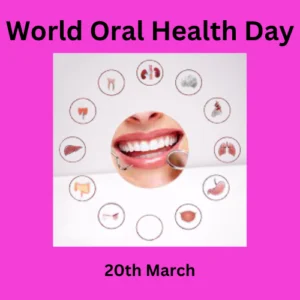World Oral Health Day, Oral Hygiene, Precautions, Diseases
World Oral Health Day is observed globally on 20th March. This is an annual observation. This is a year-long campaign dedicated to raising global awareness of the issues around oral health and the importance of oral hygiene. World Oral Health Day was launched first on 20 March 2013 by FDI World Dental Federation. What is … Read more
